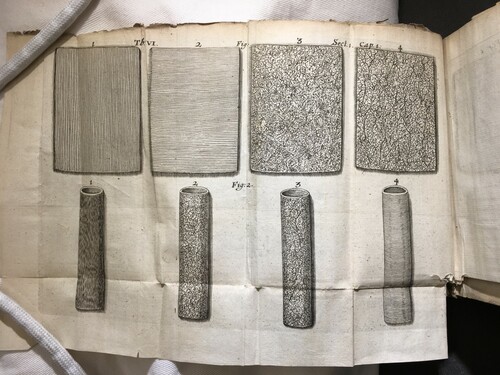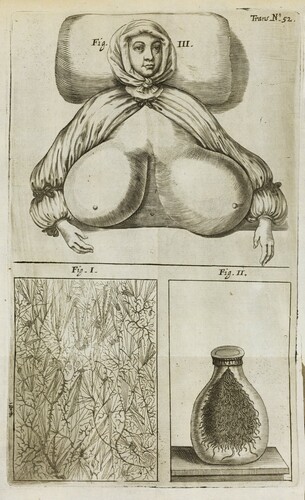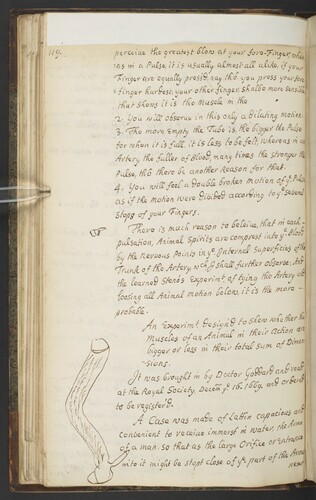Figures & data
Figure 1. A recto with a space deliberately left blank to imply the insertion of the corresponding image in the future print version, from MS Sloane 1586. Courtesy of the British Library, London.

Figure 2. The distinct arterial and venous coats, from Thomas Willis, Pharmaceutice rationalis (Hague, 1677), Table VI, Sect. 1, Cap. 1, & 2. Courtesy of the Wellcome Library, London.



